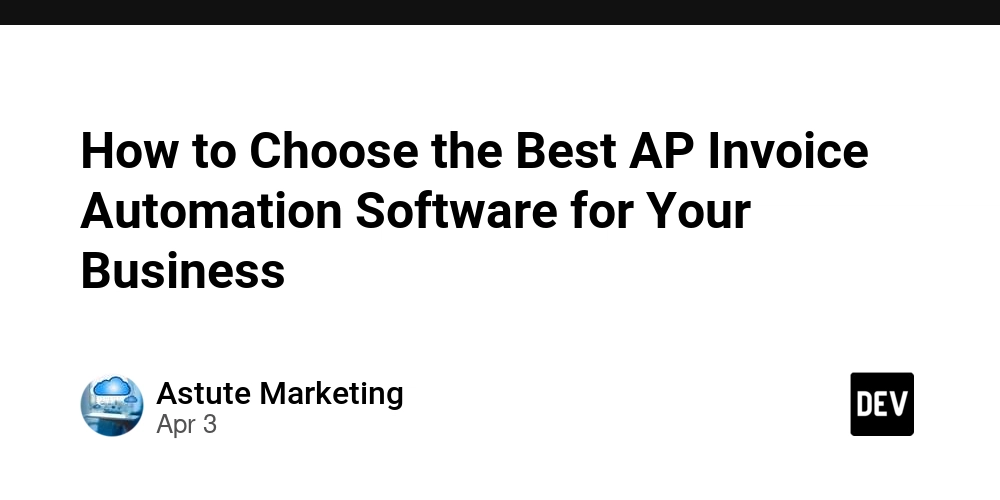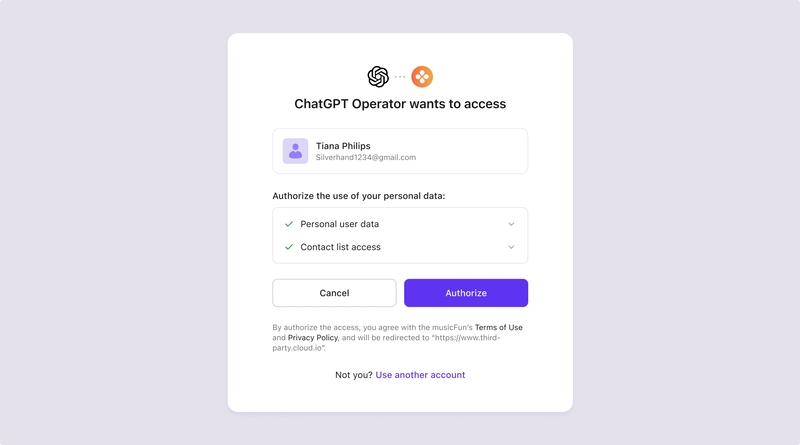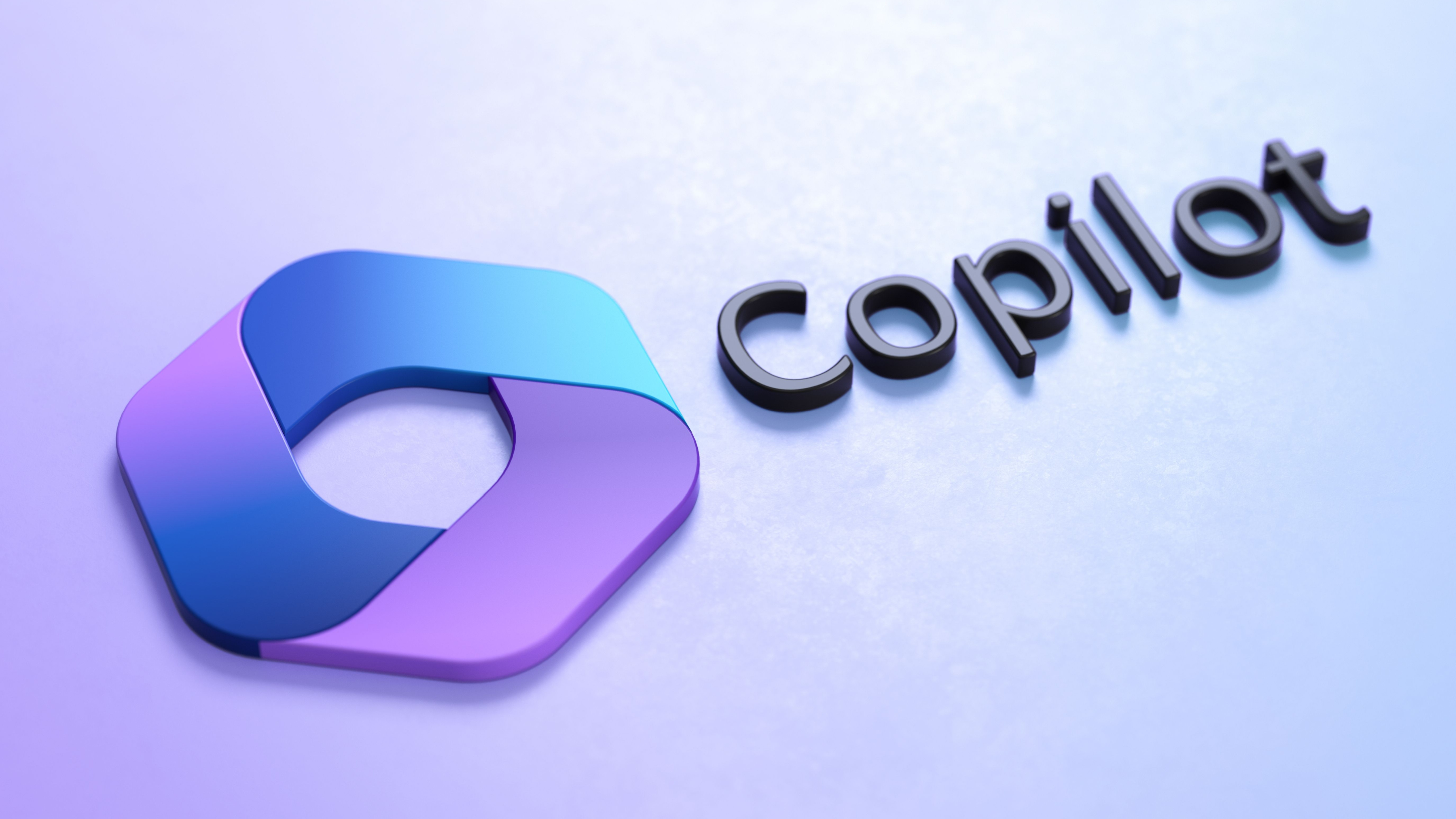How to Choose the Best AP Invoice Automation Software for Your Business
Managing accounts payable (AP) manually can be a time-consuming and error-prone process. As businesses grow, handling invoices efficiently becomes crucial to maintaining financial stability and vendor relationships. This is where AP Invoice Automation comes into play. By automating the invoice management process, businesses can improve accuracy, reduce processing time, and enhance financial control. But with so many solutions available, how do you choose the best AP invoice automation software for your business? This guide will help you navigate the selection process. 1. Assess Your Business Needs Before diving into available solutions, start by assessing your business’s specific AP needs. Consider the volume of invoices your company processes, the number of vendors you work with, and the complexity of your approval workflows. Identify pain points in your current process, such as duplicate invoices, delayed payments, or data entry errors. Understanding these needs will help you determine the must-have features for your AP Invoice Automation software. 2. Look for Essential Features The best AP invoice automation software should offer key features that streamline invoice processing. Some of the most important features include: Automated Data Capture – The software should be able to extract key invoice details using Optical Character Recognition (OCR) or AI-based data capture to minimize manual entry. Invoice Matching – The ability to match invoices with purchase orders (POs) and receipts ensures accuracy and prevents overpayments. Approval Workflows – Customizable approval workflows allow businesses to set up multi-level approvals based on invoice value and department. Integration with ERP and Accounting Software – Seamless integration with accounting systems like QuickBooks, SAP, or Oracle streamlines financial management. Fraud Detection and Compliance – Features like duplicate invoice detection, audit trails, and compliance checks help prevent fraud and ensure regulatory adherence. Cloud-Based Access – A cloud-based system offers flexibility, allowing teams to access invoices and approvals remotely. Analytics and Reporting – Comprehensive reporting tools provide insights into spending patterns and efficiency metrics. 3. Ensure Scalability Your business is likely to grow, and your AP Invoice Automation software should be able to scale with it. Look for a solution that can handle an increasing volume of invoices, support multiple business entities, and adapt to changing financial regulations. Scalable software ensures that you won’t need to switch platforms as your business expands. 4. Evaluate User-Friendliness The effectiveness of an automation tool depends on how easily your team can use it. A complex system with a steep learning curve can lead to frustration and reduced adoption. Choose software with an intuitive interface, clear navigation, and easy-to-use dashboards. Many providers offer free trials or demos, allowing you to test usability before committing. 5. Consider Security and Compliance Since AP automation involves sensitive financial data, security should be a top priority. Ensure the software has robust security features, including: Data encryption to protect invoice and payment details Role-based access controls to restrict unauthorized users Compliance with industry standards like GDPR, SOC 2, or HIPAA A secure AP Invoice Automation system reduces the risk of cyber threats and ensures data integrity. 6. Compare Pricing Models Different software providers offer various pricing models, such as subscription-based (SaaS), pay-per-invoice, or one-time licensing fees. Compare costs based on your invoice volume and required features. While affordability is important, the cheapest option may lack critical functionalities, leading to inefficiencies in the long run. 7. Check Customer Support and Vendor Reputation Reliable customer support is essential for addressing technical issues and ensuring smooth implementation. Look for vendors that offer multiple support channels, such as live chat, email, and phone support. Additionally, read user reviews and case studies to understand how other businesses have benefited from the software. A well-established vendor with positive feedback is more likely to provide a robust solution and long-term support. 8. Request a Demo or Free Trial Before making a final decision, request a demo or sign up for a free trial. This hands-on experience will allow you to evaluate how well the software fits your business needs. Pay attention to its ease of use, customization options, and overall performance during the trial period. Conclusion Choosing the right AP Invoice Automation software requires careful evaluation of your business needs, essential features, scalability, security, pricing, and vendor support. By selecting a well-suited solution, your busin

Managing accounts payable (AP) manually can be a time-consuming and error-prone process. As businesses grow, handling invoices efficiently becomes crucial to maintaining financial stability and vendor relationships. This is where AP Invoice Automation comes into play. By automating the invoice management process, businesses can improve accuracy, reduce processing time, and enhance financial control. But with so many solutions available, how do you choose the best AP invoice automation software for your business? This guide will help you navigate the selection process.
1. Assess Your Business Needs
Before diving into available solutions, start by assessing your business’s specific AP needs. Consider the volume of invoices your company processes, the number of vendors you work with, and the complexity of your approval workflows. Identify pain points in your current process, such as duplicate invoices, delayed payments, or data entry errors. Understanding these needs will help you determine the must-have features for your AP Invoice Automation software.
2. Look for Essential Features
The best AP invoice automation software should offer key features that streamline invoice processing. Some of the most important features include:
- Automated Data Capture – The software should be able to extract key invoice details using Optical Character Recognition (OCR) or AI-based data capture to minimize manual entry.
- Invoice Matching – The ability to match invoices with purchase orders (POs) and receipts ensures accuracy and prevents overpayments.
- Approval Workflows – Customizable approval workflows allow businesses to set up multi-level approvals based on invoice value and department.
- Integration with ERP and Accounting Software – Seamless integration with accounting systems like QuickBooks, SAP, or Oracle streamlines financial management.
- Fraud Detection and Compliance – Features like duplicate invoice detection, audit trails, and compliance checks help prevent fraud and ensure regulatory adherence.
- Cloud-Based Access – A cloud-based system offers flexibility, allowing teams to access invoices and approvals remotely.
- Analytics and Reporting – Comprehensive reporting tools provide insights into spending patterns and efficiency metrics.
3. Ensure Scalability
Your business is likely to grow, and your AP Invoice Automation software should be able to scale with it. Look for a solution that can handle an increasing volume of invoices, support multiple business entities, and adapt to changing financial regulations. Scalable software ensures that you won’t need to switch platforms as your business expands.
4. Evaluate User-Friendliness
The effectiveness of an automation tool depends on how easily your team can use it. A complex system with a steep learning curve can lead to frustration and reduced adoption. Choose software with an intuitive interface, clear navigation, and easy-to-use dashboards. Many providers offer free trials or demos, allowing you to test usability before committing.
5. Consider Security and Compliance
Since AP automation involves sensitive financial data, security should be a top priority. Ensure the software has robust security features, including:
- Data encryption to protect invoice and payment details
- Role-based access controls to restrict unauthorized users
- Compliance with industry standards like GDPR, SOC 2, or HIPAA
A secure AP Invoice Automation system reduces the risk of cyber threats and ensures data integrity.
6. Compare Pricing Models
Different software providers offer various pricing models, such as subscription-based (SaaS), pay-per-invoice, or one-time licensing fees. Compare costs based on your invoice volume and required features. While affordability is important, the cheapest option may lack critical functionalities, leading to inefficiencies in the long run.
7. Check Customer Support and Vendor Reputation
Reliable customer support is essential for addressing technical issues and ensuring smooth implementation. Look for vendors that offer multiple support channels, such as live chat, email, and phone support. Additionally, read user reviews and case studies to understand how other businesses have benefited from the software. A well-established vendor with positive feedback is more likely to provide a robust solution and long-term support.
8. Request a Demo or Free Trial
Before making a final decision, request a demo or sign up for a free trial. This hands-on experience will allow you to evaluate how well the software fits your business needs. Pay attention to its ease of use, customization options, and overall performance during the trial period.
Conclusion
Choosing the right AP Invoice Automation software requires careful evaluation of your business needs, essential features, scalability, security, pricing, and vendor support. By selecting a well-suited solution, your business can achieve greater efficiency, reduce manual errors, and streamline financial operations. Take the time to compare options and test different solutions to ensure you invest in the best automation tool for your accounts payable process.







































































































































































![[The AI Show Episode 143]: ChatGPT Revenue Surge, New AGI Timelines, Amazon’s AI Agent, Claude for Education, Model Context Protocol & LLMs Pass the Turing Test](https://www.marketingaiinstitute.com/hubfs/ep%20143%20cover.png)





































































































































![From drop-out to software architect with Jason Lengstorf [Podcast #167]](https://cdn.hashnode.com/res/hashnode/image/upload/v1743796461357/f3d19cd7-e6f5-4d7c-8bfc-eb974bc8da68.png?#)










































































































.jpg?#)





























_ArtemisDiana_Alamy.jpg?#)














































































-xl.jpg)













![Yes, the Gemini icon is now bigger and brighter on Android [U]](https://i0.wp.com/9to5google.com/wp-content/uploads/sites/4/2025/02/Gemini-on-Galaxy-S25.jpg?resize=1200%2C628&quality=82&strip=all&ssl=1)












![Apple Rushes Five Planes of iPhones to US Ahead of New Tariffs [Report]](https://www.iclarified.com/images/news/96967/96967/96967-640.jpg)
![Apple Vision Pro 2 Allegedly in Production Ahead of 2025 Launch [Rumor]](https://www.iclarified.com/images/news/96965/96965/96965-640.jpg)
































































































































